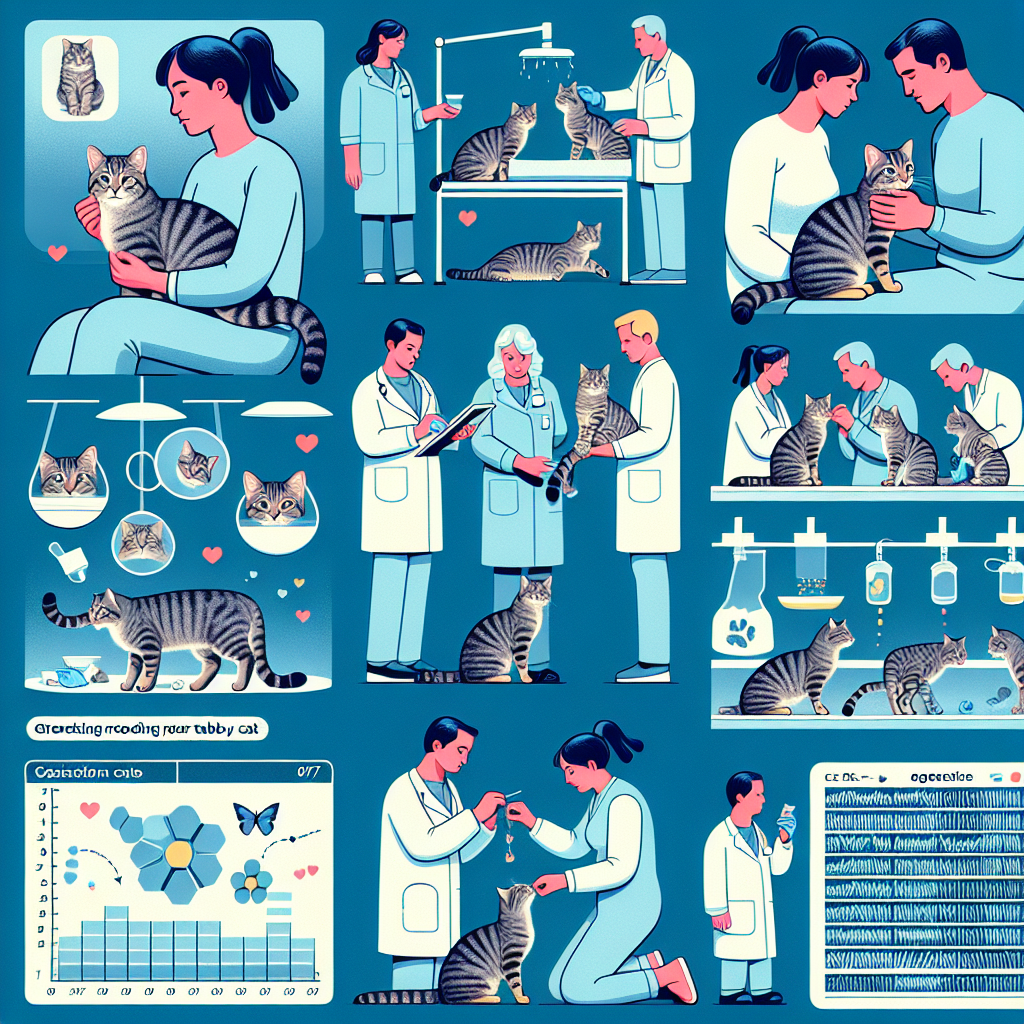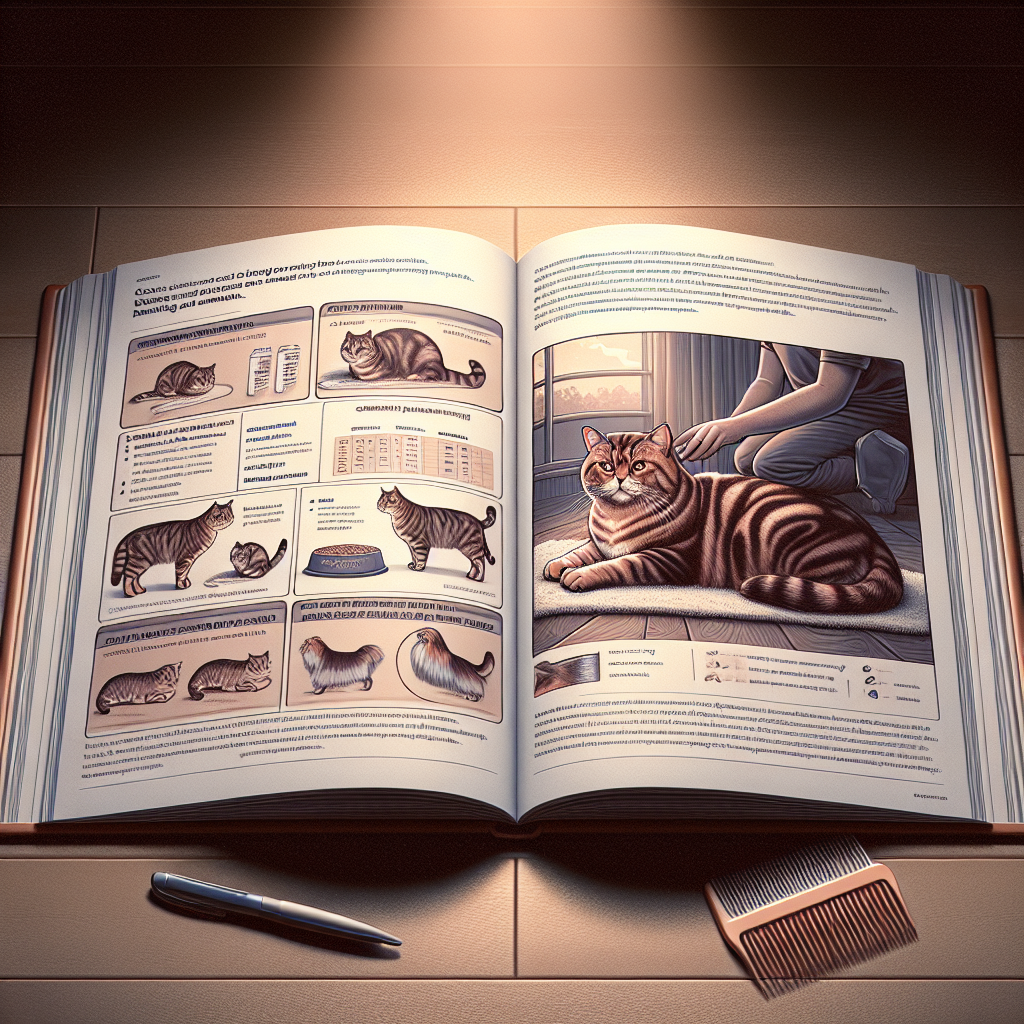Ready to embark on a delightful journey into the world of tabby cats? In this article, we will guide you on how to care for and breed these charming felines. Discover the essential tips and techniques to provide the best care for your tabby cat, from creating a cozy environment to ensuring their nutritional needs are met. Additionally, we will explore the fascinating world of tabby cat breeding, providing insights on how to successfully breed these adorable little furballs. Whether you are a cat enthusiast or simply looking to expand your knowledge, this article is sure to leave you purring with delight as you learn the ins and outs of caring for and breeding tabby cats.
How to Care for and Breed Tabby Cats
Tabby cats are a popular and endearing breed known for their distinctive coat patterns and playful personalities. Whether you are a new cat owner or an experienced enthusiast, understanding how to care for and breed tabby cats is essential for their health, happiness, and overall well-being. In this comprehensive guide, we will walk you through various aspects of caring for tabby cats, from providing a suitable environment to teaching and playing with them, as well as responsible breeding practices.

Providing a Suitable Environment for Tabby Cats
Creating a comfortable and stimulating environment is crucial to ensure the happiness and overall well-being of your tabby cat. Start by designating a cozy corner or room in your home where your cat can retreat to for some privacy when needed. This area should include a comfortable bed or cushion, toys, scratching posts, and a litter box.
Additionally, tabby cats are known for their playful nature, so it is important to provide them with plenty of toys and interactive playtime. Invest in toys that encourage exercise, such as balls, puzzle toys, and feather wands. Regularly rotating and introducing new toys will help keep your tabby cat engaged and entertained.
Feeding and Hydrating Your Tabby Cat
Proper nutrition is essential for maintaining your tabby cat’s health. Ensure that you provide a balanced diet with the right combination of proteins, carbohydrates, and healthy fats. Consult your veterinarian to determine the appropriate portion sizes and the best type of cat food for your tabby.
Additionally, always provide fresh water for your tabby cat. Cats can be prone to dehydration, so having clean and easily accessible water sources throughout your home is essential. Consider using a water fountain as many cats are attracted to the sound and movement of flowing water.
Regular Veterinary Care and Vaccinations
Regular veterinary care is essential for the well-being of your tabby cat. Schedule routine check-ups with a trusted veterinarian to monitor your cat’s overall health, weight, and to address any potential concerns early on. Vaccinations are also crucial to protect your tabby cat from various diseases, so ensure that they are up to date with their vaccination schedule.
Additionally, consider having your tabby cat spayed or neutered. This not only helps prevent unwanted litters, but it also reduces the risk of certain health issues and can help curb certain behaviors such as roaming and aggression.
Grooming and Bathing Your Tabby Cat
Grooming your tabby cat is an important part of their care routine. Regular brushing helps keep their coat healthy, prevents matting, and reduces shedding. Choose a brush suitable for your cat’s fur length and texture, and make sure to establish a grooming routine early on to help your tabby become accustomed to the process.
While most cats typically groom themselves, occasional baths may be necessary. Use a cat-specific shampoo and lukewarm water when bathing your tabby, and be sure to dry them thoroughly afterward to prevent discomfort or chilling. If your tabby cat is resistant to baths, you can also consider using waterless shampoos or wipes designed specifically for cats.

Teaching and Playing with Your Tabby Cat
Interactive playtime and mental stimulation are vital for tabby cats. Engaging in play activities not only keeps them entertained but also provides exercise and helps strengthen the bond between you and your cat. Experiment with different toys and play styles to discover what your tabby cat enjoys the most, whether it’s chasing toys, batting at feathers, or engaging in puzzle play.
Furthermore, training your tabby cat can be a rewarding experience. Teach them basic commands such as sitting, staying, and coming when called using positive reinforcement techniques like treats and praising. Training not only helps keep their minds sharp but also promotes good behavior and can be used to deter undesired actions.
Understanding Tabby Cat Behavior
To provide the best care for your tabby cat, it is crucial to understand their behavior and body language. Tabby cats are known for their friendly and outgoing personalities, but each cat may have its own unique traits and preferences. Spend time observing your tabby cat’s behavior and cues to better understand their needs and emotions. This will help you provide appropriate care and create a nurturing environment for your feline friend.
Creating a Comfortable Sleeping Area
Providing a cozy and safe sleeping area is vital for your tabby cat’s comfort and relaxation. Whether it’s a soft cat bed, a warm blanket, or even a designated piece of furniture, ensure that your cat has a comfortable spot to rest and sleep in peace. Consider placing the sleeping area in a quiet corner away from any disturbances and in a location that allows your tabby cat to observe their surroundings.
Managing Tabby Cat Health Issues
Like any other breed, tabby cats may experience various health issues, some of which can be genetic. Regular veterinary check-ups and maintaining a healthy lifestyle can help prevent and manage many common health problems. However, if you notice any changes in your tabby cat’s behavior, appetite, litter box habits, or physical appearance, it is important to consult your veterinarian immediately.
Common health issues in tabby cats may include dental problems, obesity, allergies, and kidney disease. Ensuring a balanced diet, regular exercise, and maintaining good dental hygiene can play a crucial role in avoiding these ailments. Remember, prevention and early intervention are key to keeping your tabby cat healthy.
Training Your Tabby Cat
Training your tabby cat can be a rewarding and enriching experience for both of you. Whether you want to teach your cat simple tricks or more advanced behaviors, positive reinforcement and consistency are the keys to success. Use treats and praise to reward desired behaviors, and be patient as cats learn at their own pace. With time and practice, you can teach your tabby new skills and strengthen the bond between you.
Introducing a New Tabby Cat to Your Household
If you have decided to add another tabby cat to your household, proper introduction and socialization are essential. Cats are territorial animals, and introducing a new cat without caution can lead to stress, hostility, and potential conflicts. Gradually introduce the new tabby cat to your existing cat(s) by keeping them separated initially and gradually allowing supervised interactions. This helps them acclimate to each other’s scents and presence, increasing the chances of a harmonious household.
Breeding Tabby Cats and Responsible Breeding Practices
Breeding tabby cats requires careful consideration, knowledge, and responsibility. Before embarking on a breeding journey, it is essential to thoroughly research and understand the breed standard, genetics, and potential health risks associated with breeding. Make sure to consult with reputable breeders and veterinarians to obtain guidance on responsible breeding practices and ensure the welfare of both the parent cats and the resulting kittens.
Maintaining regular veterinary care, conducting genetic screenings, and providing optimal nutrition and living conditions are all essential aspects of responsible breeding. Additionally, it is crucial to have a plan in place for finding suitable homes for the kittens and to prioritize their well-being throughout the process.
In conclusion, caring for and breeding tabby cats requires dedication, knowledge, and a commitment to providing a loving and nurturing environment. By following the tips and guidelines outlined in this comprehensive guide, you will be well-equipped to provide the best care for your tabby cat and contribute to the well-being of the breed as a responsible breeder. Remember, a happy and healthy tabby cat is a beloved companion for many years to come.

